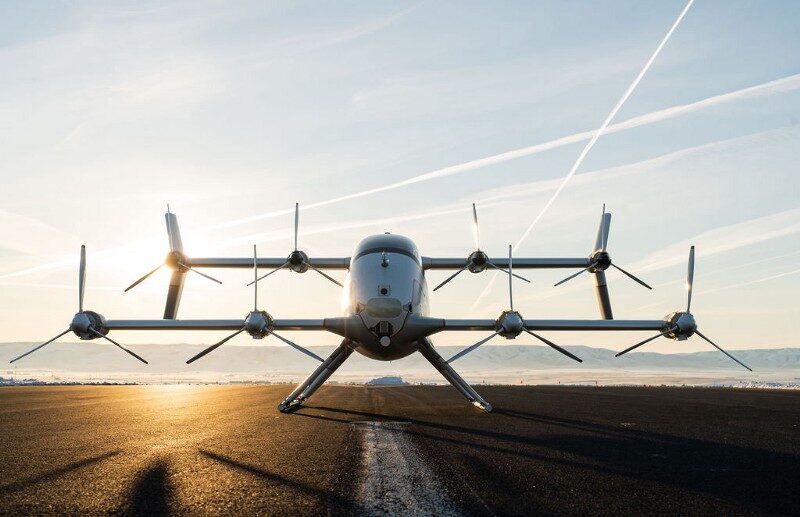The subject of air taxis or eVTOL, as they are called in the aeronautic field, is a hot topic at the moment. The technology is evolving very rapidly, and some optimists are already predicting that we’ll see these new means of transport flying across the skies of Paris during the next Olympic Games.
We at Frontiere are naturally curious and open to anything new, so we called upon a real expert in the field. We interviewed Alex Zanotti, our researcher in the Department of Aerospace Science and Technology, who explained what we might actually expect to see in our city skies in the near future.
Hello Alex. The idea of an air taxi sounds kind of futuristic. What are we really referring to when we talk about air taxis in 2021?
We’re talking more generally about research into the field of Urban Air Mobility or Advanced Air Mobility, i.e. vehicles for typically transporting people over short to medium distances. This would be a range of 50 to 100 km, using aircraft flying at a fairly lower speed compared to a passenger transport airplane, so not over 100 – 200 km per hour.
This type of aircraft represents a whole new concept of sustainable urban transport.
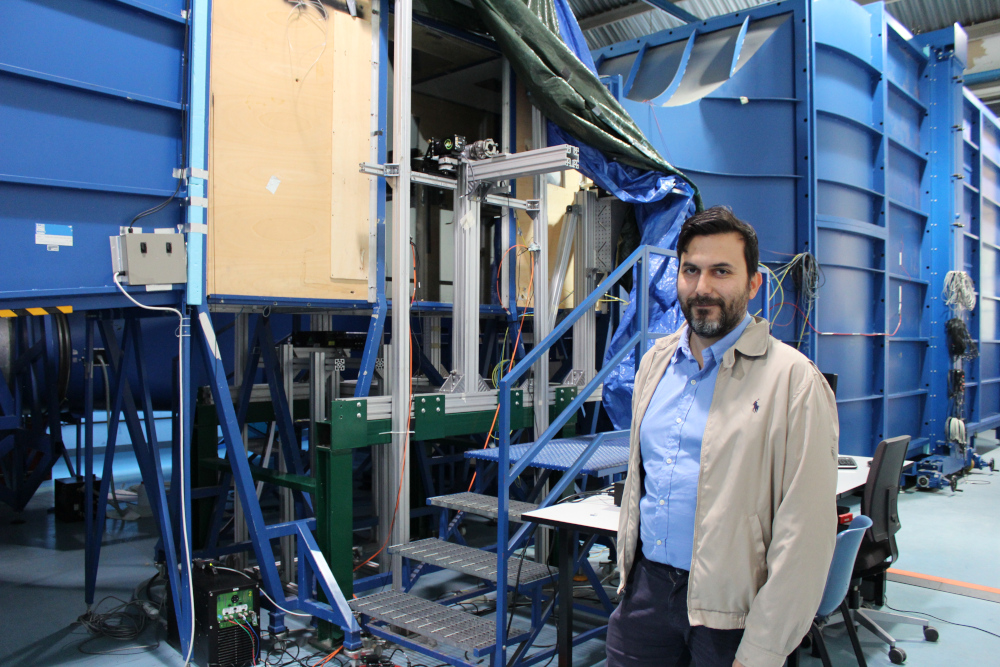
How did the idea for research in this field come about?
Our first contact was a former PhD student – in around 2017 – with whom I shared the office and many works accompanied by publications over several years. At the end of his time here at the Poli, he had found employment at Airbus’ innovation centre in Silicon Valley.
He was a very important sort of contact, because such a link has allowed us to be funded to begin to start dealing with the complex aerodynamic aspects of these new machines, working on the project of a real aircraft.
Is Silicon Valley still the central hub for this type of new business?
We should point out that one of the characterizing aspects of these new flying machines will be the use of cutting-edge information and communication technologies, so Silicon Valley will certainly be the protagonist in the development of this new reality. Also, in that part of the world there are some of the largest urban agglomerations in the world. I am thinking for example of the San Francisco area. So, I would say that it was natural that entities beginning to develop ideas to decongest the urban traffic of large metropolitan areas were born precisely in those parts of the United States.
However, today the companies that deal with urban air mobility are many and are located at every latitude of the earth. Think that today there are at least 150, including large, small, medium and start-up companies that are developing ideas in this area. In fact, in this period, a real rain of millions are invested in this sector, which has allowed many companies to make great progress from a technological point of view and ensure that these new flying machines are no longer just something imaginable. In fact, it can be said that this is the only real novelty in the aeronautical field of recent years; definitely a deal that everyone right now wants to invest and work in.
What is the current state of the industry?
These companies are working on developing a lot of new types of aircraft configurations. Their starting point is existing knowledge about helicopters, tiltrotors, aeroplanes and drones.
As is true in all fields – and whether you’re a small or large company – when you’re tackling something new, you generally use a trial-and-error approach.They are trying out a lot of different configurations, that are basically at a middle way between a large drone and a tiltrotor, going on studying and verifying their performances to get to a convincing configuration from a technological point of view, and to be a killer application on the market.
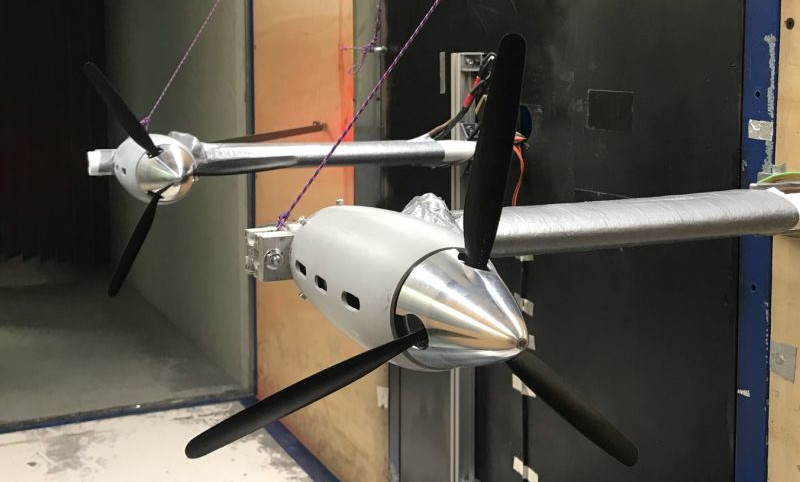
How does your research at POLI fit into this scenario?
Our approach here is different, more academic, since we will not develop an aircraft of ours. Ours is more like service work, behind the scenes, but it is something that is very much in demand, both by companies and by the research world.
Actually, we started form the Airbus’ demand to put at their disposal our scientific knowledge in the aerodynamics fields, to develop a proper numerical code to help design these new configurations.
On the other hand, there’s the experimental side, especially the tests in the wind tunnel, that are crucial to validate theoretical studies on the aerodynamics of such complex machines.
The fact that companies are investing heavily in this sector and sustainable mobility is a hot topic, means we can get funded also for a lot of tests in the Wind Tunnel, that are very expensive.
What is the goal of your research?
We started from the valuable experience of our Department in the field of helicopters and tiltrotors, because these aircrafts have in common vertical take-off and landing and the use of different rotors – sometimes a lot. These specific machines are relatively new, and so have not been subjected to any systematic scientific studies regarding the aerodynamic phenomena that involve this particular typology of vehicles – e.g. the interactions between the various rotors.
Our aim is essentially to carry out systematic studies on those configurations to provide a set of guidelines to industry that could be used to optimize their products before entering the market.
Have the first results of your research been published yet?
Yes. It took us a few years to develop our aerodynamic code aimed at studying these configurations starting from a “blank sheet”. However, thanks to the competence and skills of our young researchers who have been working on it for some time, we released it. One thing I would like to highlight is that the aerodynamic code was released in open-source mode, so anyone can go to our repository, download it, work on it and maybe improve it as they see fit. The feedback is great: we continue to receive usage and satisfaction notifications from all over the world. We have certainly developed state of the art software for these purposes.
We’ve called this code DUST. This is not an acronym, we just thought it sounded good. Basically, what we were doing was simulating the rotor wakes of these aircrafts with clouds of particles… So, releasing dust in the air!
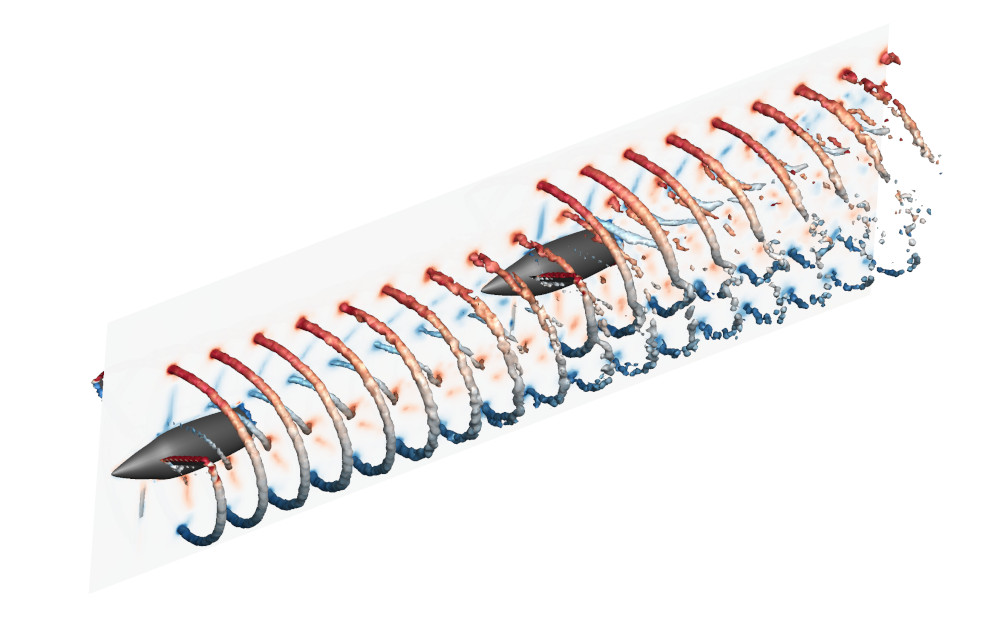
Tell us more about the experimental part…
Obviously in the experimentation the pandemic has unfortunately slowed down the process but the results of the first wind tunnel tests on these configurations have already been published.
As far as the experimental side is concerned, we’re planning to study the basic configurations in a systematic way. So, we’ll be changing the geometric and flight parameters one at a time, to study the positive and negative effects of these variations on the aerodynamic performances of our models.
Our Department’s expertise in the measurements in the Wind Tunnel is crucial to this part of the research. We have a smaller one of these in the laboratory, the De Ponte gallery, which we use to make tests on scale models. Then there’s the larger and more famous one, whose aim is to test full scale components of aircrafts, such as rotors, which we examine using the various forms of measurement we have available.
What’s the next step?
What we are looking at right now is possibly the most crucial aspect for the time being – the impact of noise. It is a huge problem for these machines, which must operate in urban environments and are obviously flying at much lower altitudes than an airplane.
The noise impact is going to be a very important aspect, so before we see these aircrafts commonly in action in a city, we’ll need to make a noise optimization. To do this, we are working on a single numerical aeroacoustic simulation environment, which will be validated by experimental measures. The goal is to provide a quality tool enabling to lead these machines project also from the acoustic impact on the urban environment point of view.
What will our experience of using an air taxi be like in practice?
It will be very similar to what we have now with car-sharing apps. That’s to say, you’ll book your air taxi with your app, and when you get to the pick-up point, you’ll find the vehicle waiting for you. Then you will just have to indicate the place of destination on the on-board software and start …
The vertiports – the infrastructures that will manage these vehicles – will be built at important locations such as big airport hubs, stadiums, trade fairs, headquarters of large companies or city venues. A classic example of use would be for example the journey from the airport to the city centre. Or from a skyscraper roof and another!
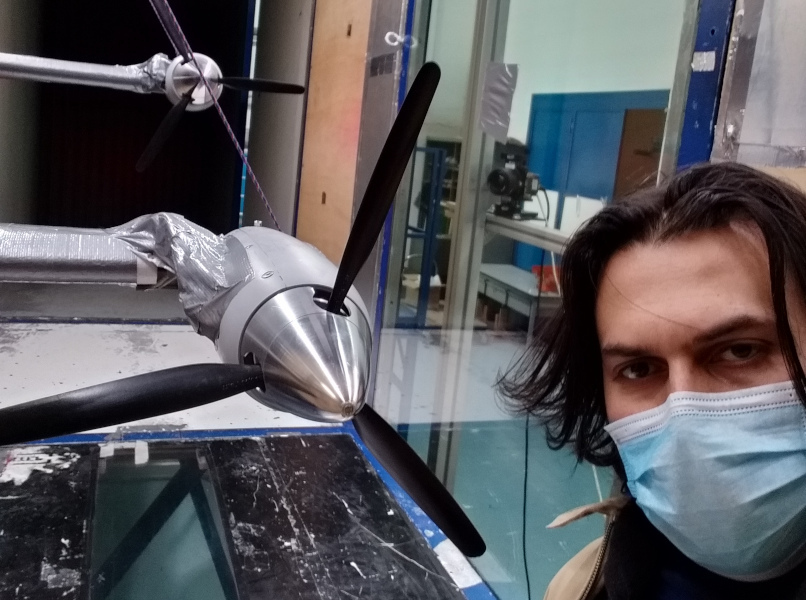
What do you think is a realistic timescale for launching a regular service?
I don’t see any particular problems from a technical standpoint, because – as I said – we’re starting from established knowledge in the aeronautical field. These machines will fly, and they’ll be flying very soon. The developers are working towards the Paris 2024 Olympics and the 2026 winter games in Cortina and Milan, with the idea of creating an air taxi service between the airport hubs and the sport venues, such as the stadiums.
We’ll probably see them flying around in few years’ time, but mostly for demonstration purposes, and then there will be a regular service in the next 10 to 20 years.
What kind of problem areas are still to resolve?
A very important issue is that of the related industries.
So, not just the actual air taxis, but everything else that revolves around them…
Yes, exactly. There’s the matter of handling, consisting in creating the vertiports and the ground services for aircrafts and passengers. Vertiports will be small airports allowing these aircrafts to take off and land, both inside and outside the city. These facilities will also have to provide recharging points for the aircraft, which – as you know – will all be electrically powered and have a sustainable impact.
There is also the software aspect… Consider that some of these aircraft will be controlled automatically – yes, you got it right – pilotless. There is also the software aspect… Consider that some of these aircraft will be controlled automatically – yes, you got it right – pilotless. And then there is the certification of these aircrafts, which in addition to having an innovative configuration compared to classic airplanes or helicopters will have to travel in a much more delicate environment: the city.
A large number of specialist companies are now working in all these areas, and they already have some fairly clear ideas.
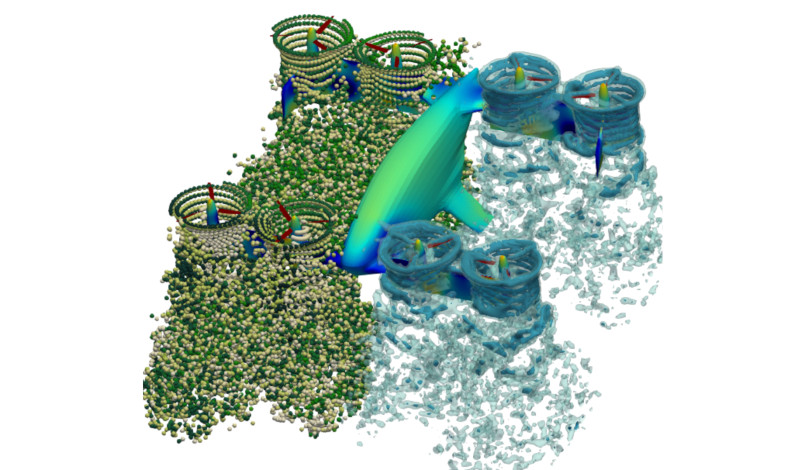
What about the psychological aspect?
That’s another hot topic. How will ordinary people react when they climb into these things? Above all if pilotless? That’s not a negligible issue. And then there’s the effect of the air traffic, with lots of big “insects” buzzing around above the city. That’s not exactly a trivial issue: you need to have a very robust regulatory plan for city air traffic, efficient systems for avoiding collisions, then plan the flight paths and the routes…
As with aeroplanes, the world of aviation professionals will need to establish trust in the population if we are to make these new types of aircraft a part of our daily life. It will take a few years from the taking of service of these machines of course…
Will it be more like a pre-booked personal taxi service, or a form of public transport for everyone to use?
We’re looking at various types: a lot of versions are being tried out and everyone is focusing more or less on a certain section of the market.
There are the simpler versions, similar to a big drone, which can only carry one, a maximum of two passengers and make very short journeys. For example, in the case I wanted to travel from one skyscraper to another in a big city such as San Francisco or New York.
Then there are those that are more like a VIP service. We’re talking about such things as transport from the airport to the city centre, a distance of about 50 or 60 km. These versions will be more like a convertiplane, designed to carry luggage, goods or equipment, as well as people, as far as 4 or 5.
There are so many possible applications: the tourism sector, for example, or for social use, or for a flying ambulance service. And then again, in the field of passenger transport, they can not only be used for travelling from the airport to the city, but also between places with particular characteristics. For example, one interesting case study investigated using them for travelling between Venice and the various islands in the lagoon.

